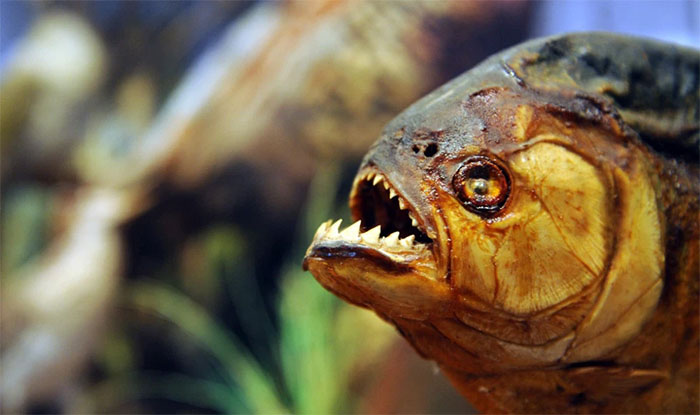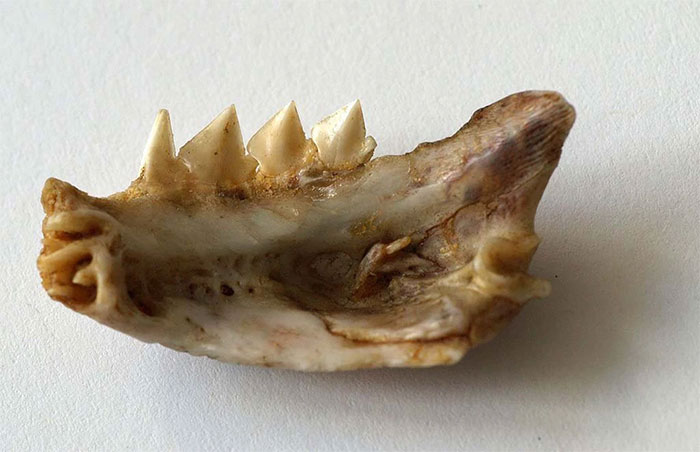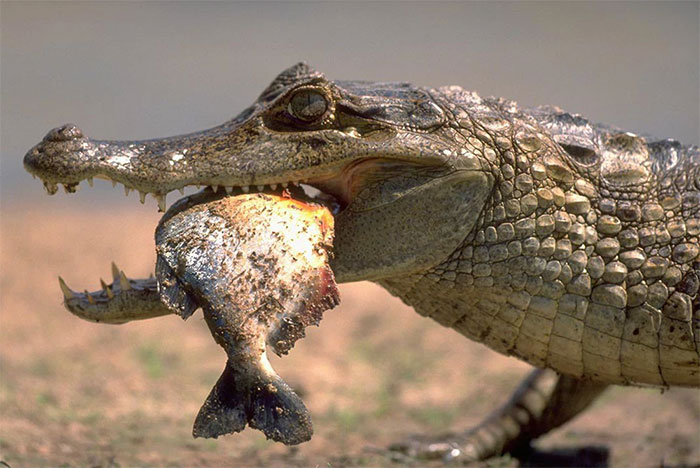If the longest river in the world is the Nile in Africa, then the largest river in the world is the Amazon River – it has the widest basin and the highest water flow in the world. At the same time, the largest tropical rainforest in the world is the Amazon rainforest, mostly located in Brazil. Both are tightly linked, creating the most diverse ecosystem on the planet.
The Amazon rainforest is nicknamed “the lungs of the Earth,” with relatively clean air, ancient lush forests, and winding rivers that are beautiful and attract many visitors. This place is home to the most species in the world, with over 2.5 million species of insects, more than 10,000 species of plants, and thousands of mammal species, such as anacondas, macaws, and freshwater dolphins…
But beneath this beauty and biodiversity lie some truly terrifying dangers.
What makes the Amazon River so fearsome? And why do people hesitate to swim in it?
Besides being home to the giant Anaconda and countless other predatory animals, one of the reasons comes from the name “Piranha.”
Killers in the River
The Amazon River is infamous for the terrifying and gruesome “Piranha fish.” They have many sharp teeth and a ferocious bite, capable of hunting in large schools. Many believe they can devour a 450 kg cow in just 70 seconds, leaving only the bones behind.
Analyzing the notorious power of Piranhas, Smithsonian Magazine (USA) states the factors that make Piranhas a “nightmare” for many creatures in the river:
1. Sharp Teeth
Piranha fish are known for their razor-sharp teeth and relentless bite. (The term piranha literally translates to “tooth fish” in the Tupí language of Brazil). Piranhas have tricuspid teeth, with larger and longer incisors.

Piranha’s sharp teeth.
The shape of a Piranha’s teeth is often compared to that of a saw, and this has clearly adapted to their carnivorous diet. The actual enamel structure of this fish is similar to that of sharks.
It is not uncommon for Piranhas to replace their teeth throughout their lives. However, while sharks replace individual teeth, Piranhas replace teeth and jaws multiple times during their lifespan, which can last up to 8 years in captivity. It is not unusual for a Piranha to be missing half of its lower jaw.
There are many types of Piranhas, and they are both herbivorous and carnivorous. Their common diet includes insects, fish, crustaceans, worms, carrion, seeds, and other plant materials.

Jawbone sample of the red-bellied Piranha (Pygocentrus nattereri). Wikimedia Commons / Sarefo
In a 2012 study published in Scientific Reports, researchers found that the black Piranha (or red-eyed Piranha) (scientific name: Serrasalmus rhombeus) – the largest species among modern Piranhas – bites with a maximum force of 33 kg (three times their body weight).
Using fossilized tooth modeling, they discovered that the 10-million-year-old extinct ancestor of the Piranha, Megapiranha paranensis, had a jaw bite force of up to 484 kg. For reference, the Megapiranha paranensis, when alive, weighed only 10 kg, meaning its bite force was nearly 50 times its body weight.
Science notes that the estimated bite force of the Tyrannosaurus rex is more than three times that of this ancient Piranha species (Megapiranha paranensis) – but the “king of the reptiles,” the T. rex, is much heavier.
2. High-Performance Hunting Strategy
Not only do Piranhas possess terrifying teeth, but they also have a very clever strategy for attacking prey. A 1972 study on red-bellied Piranhas showed that this species often attacks the most vulnerable fish in a laboratory setting, starting with the tail or eyes of the prey.
Researchers concluded that such an attack strategy would immobilize or disorient the Piranha’s opponents.

A scene of a Caiman crocodile eating fresh Piranha in Venezuela. (Photo: W. Perry Conway / CORBIS).
Additionally, it is easy to see that Piranhas often move in schools. They do this for safety.
Piranhas are not at the top of the food chain in the Amazon River. They are preyed upon by Caiman crocodiles, birds, river dolphins, and larger Pescatarian fish. Therefore, moving in schools helps protect the fish within from attacks.
3. Sensitive to Noise and Blood
A 2007 study linked noise, splashing water, food being thrown, fish, or blood into the river to three instances of Piranha attacks on humans in Suriname (a country in South America).
Regarding blood, Piranhas can detect a drop of blood in 200 liters of water. Therefore, if you have even a small wound, immersing yourself in the Amazon River is not wise!
4. Piranhas Only Attack When Threatened
And although Piranhas are famous for attacking humans, there is not much evidence to prove this. Like grizzly bears, wolves, sharks, and many other large, fearsome creatures with teeth, Piranhas will leave you alone if you leave them alone.
Black Piranhas and red-bellied Piranhas are considered the most dangerous and aggressive species towards humans. However, seasoned South American swimmers often emerge from waters populated with Piranhas without losing flesh.
For the average person, danger arises when you move in shallow waters, where prey is scarce (for Piranhas) or when you disturb their spawning grounds at the riverbed – essentially, these are situations where Piranhas feel genuinely threatened or when they are truly hungry – thus becoming more aggressive.
That is why locals rarely wade barefoot along the riverbank. For them, hunting and eating Piranhas is taboo, so they rarely engage with this fish.
Scientists advise non-experts not to walk or swim in the Amazon River, to avoid disturbing them (feeling threatened or potentially dangerous) that could lead to attacks on humans.


















































